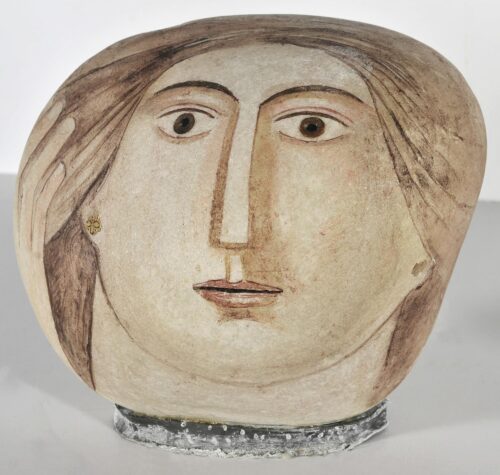
Nikolaou Nikos (1909 - 1986)
Stones, 1983
He expressed an interest in art at early age and in 1929 started his studies at the School of Fine Arts in the studios of Konstantinos Parthenis and Umvertos Argyros. He graduated in 1936 and the following year left with his close friend Yannis Moralis for Rome. With a scholarship from Prince Nikolaos, which he won in 1939, he continued his studies in Paris but the outbreak of World War II forced him to return to Greece.
Having started to exhibit in 1936, and participating in the group exhibition at the Venice Biennale, in 1948 he presented his first solo show while taking part in the exhibitions of the groups Free Artists, Art Group and Junction, of which he was a founding member, as well as in Panhellenies and international exhibitions, such as the Biennales of Venice in 1964 and Sao Paolo in 1957. After his death his work was presented in various exhibitions and in 1991 at a large retrospective at the National Gallery.
In the context of his broader artistic activity he was also involved with set design, making sets and costumes for Karolos’ Koun’s Art Theater, the Greek Ballet of Rallou Manou, and the State Theater of Northern Greece as well as the presentations of ancient drama at Epidaurus and Herod Atticus Theater. Another aspect of his creativity can be seen in his involvement with portable frescoes and wall painting, which he started in 1949 and includes the decoration of the ceremonial hall and the student room of the Panteion University, the Mousouris Theater and the Theotokopoulos Club in Herakleio, a tourist hotel in Sparta, the tourist pavilion in Mycenae and so on. He also worked for the Greek magazine Νέα Εστία illustrating stories, while having made a serious study of ancient Greek art, he published articles concerned with the harmonious chiselling of the works and the creation of the Kouros. In 1964 he was elected professor at the School of Fine Arts. In 1986, shortly after his death, his book Η περιπέτεια της γραμμής στην Τέχνη (The Adventure of the Line in Art) was published and contains theoretical texts related to his experiences and his experiments in art.
In his painting, characterized by a spareness of style, a holdover from his brief service in abstraction, and by a lack of numerous and intense colors, the dominant motif from the very beginning was the fleshy, naked female figure, rendered without perspective and accompanied by the three Greek trees, the fig, olive and pomegranate. On a more limited scale he was also involved with still life and landscape and experimented with painting on stones.

Stones, 1983
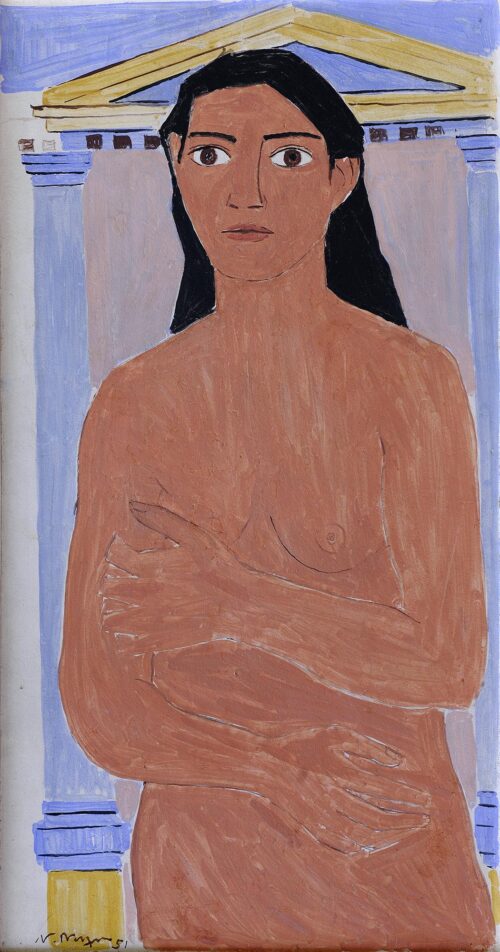
Figure, 1951
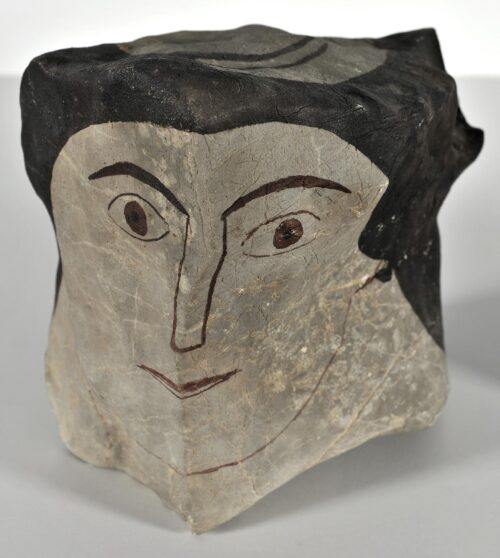
Stone, ca.1980
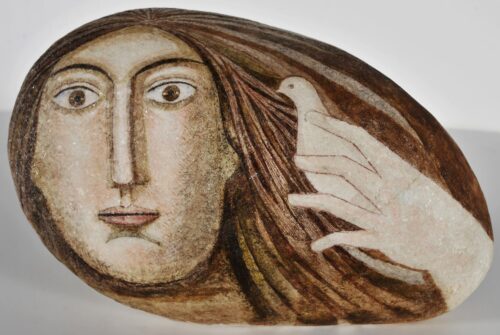
Stone, 1983
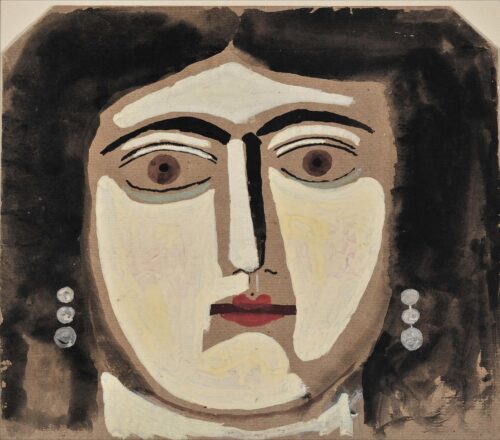
Mask, ca.1960
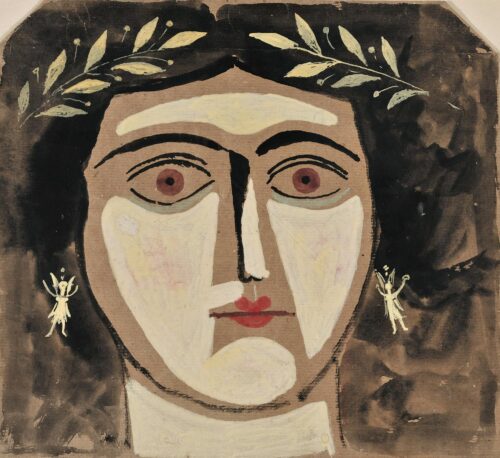
Mask, ca.1960
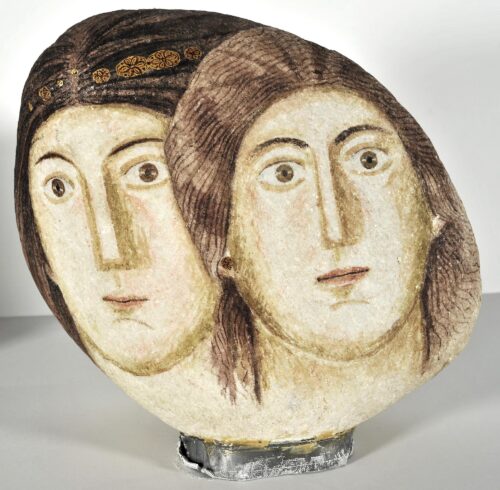
Stones, 1983
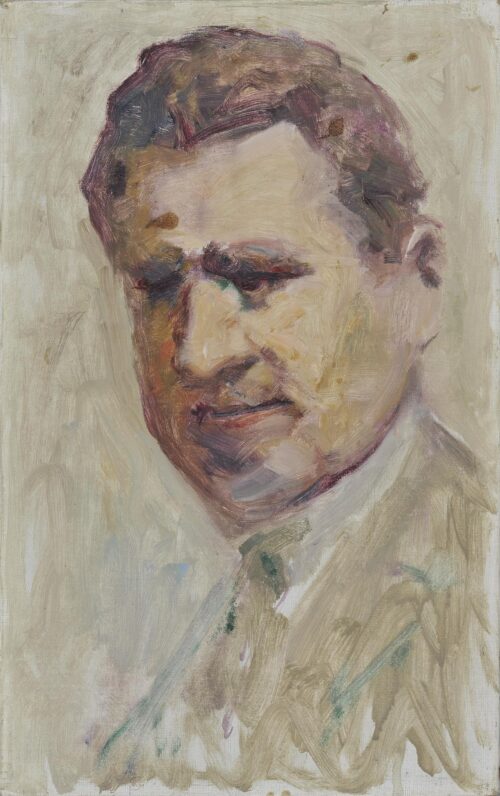
Portrait of a Man, ca.1935
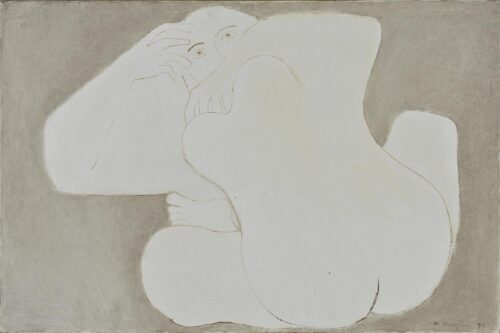
Nude, 1976
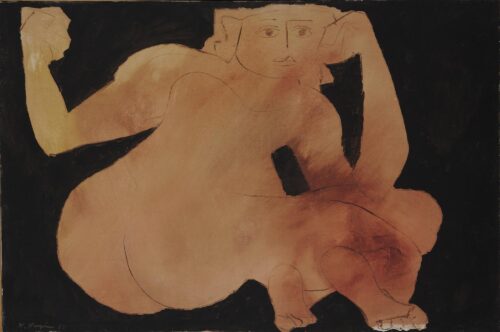
Nude, 1962
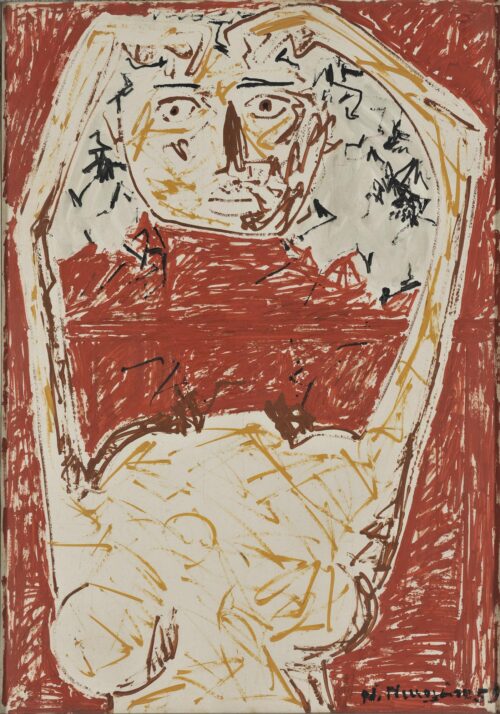
Figure, 1959
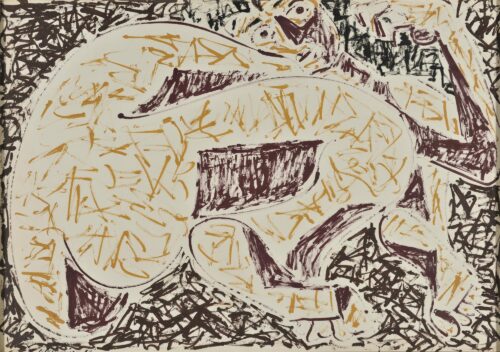
Composition, 1959
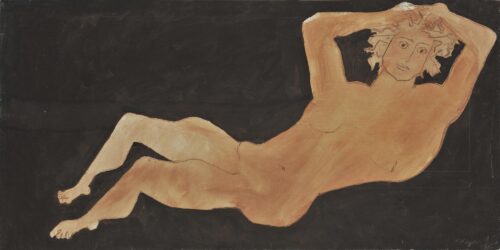
Figure, 1960
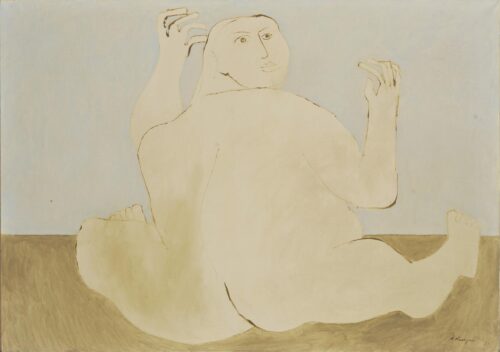
Figure, 1981
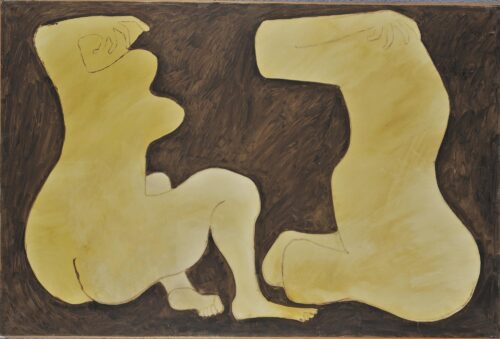
Composition, 1963
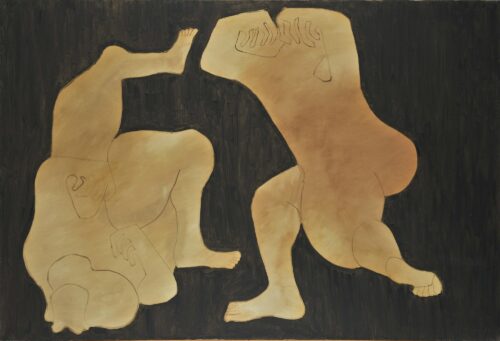
Composition, 1963
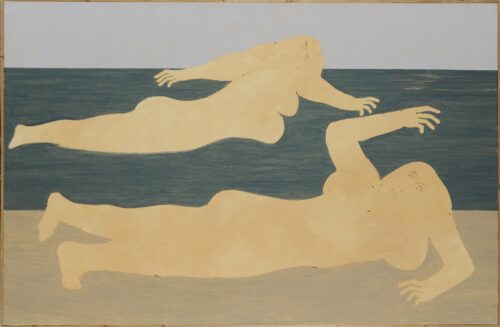
Nudes on the Beach, 1979
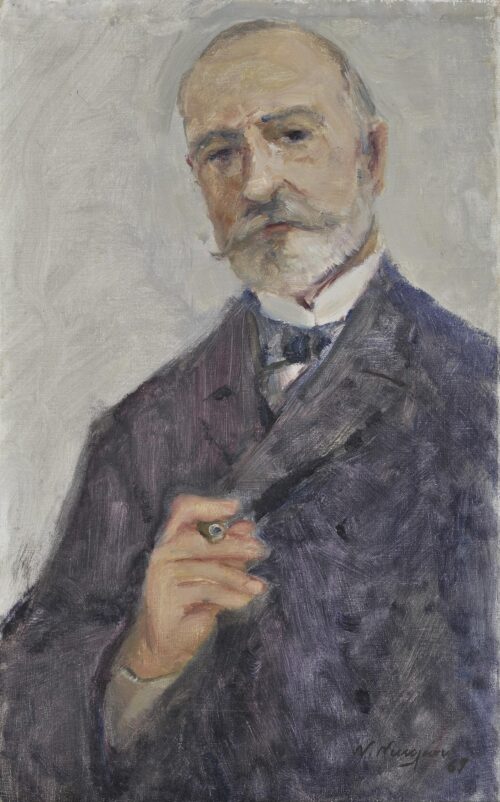
Male portrait, 1969
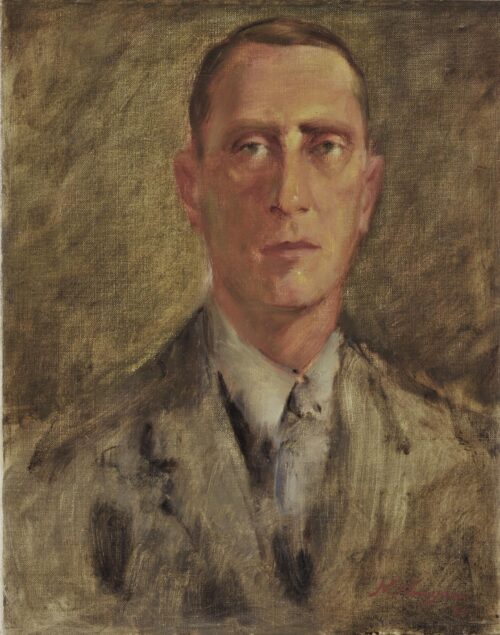
Portrait of a Man, 1936
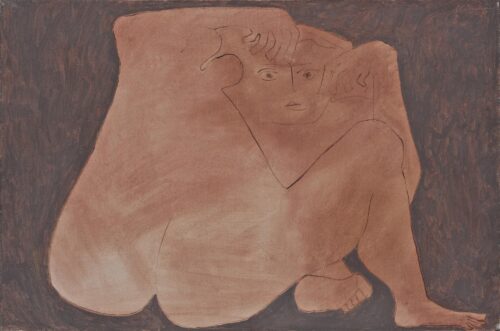
Figure, ca.1960
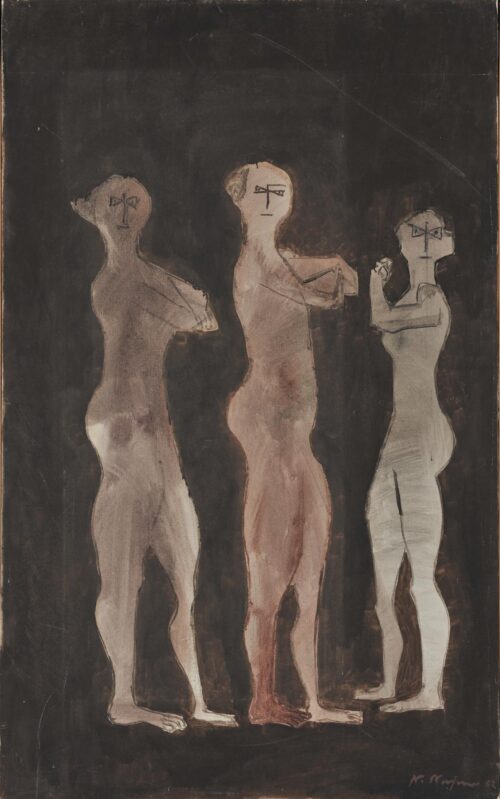
Composition, 1962
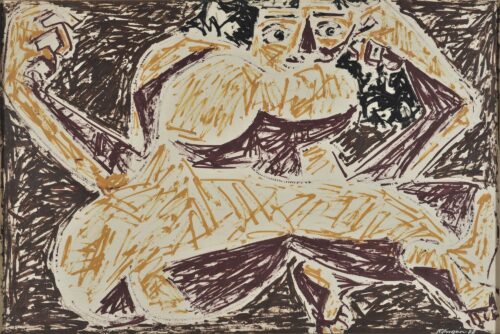
Figure, 1958
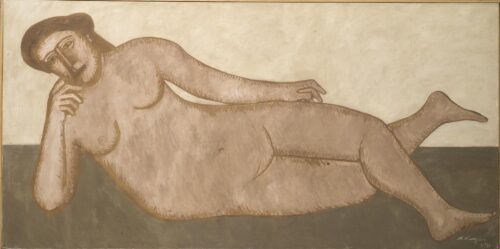
Figure, 1978
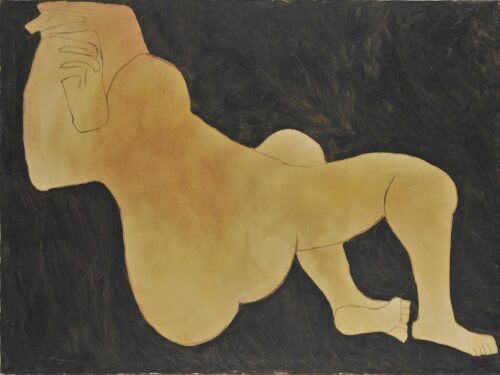
A Study for the Biennale Compositions, 1963

We use cookies to make our site work properly, to personalize content and ads, to provide social media features and to analyze our traffic. We also share information about how you use our site with our social media, advertising and analytics partners. Read the Cookies Policy.
These cookies are necessary for the website to function and cannot be switched off in our systems. They are usually only set in response to actions made by you which amount to a request for services, such as setting your privacy preferences, logging in or filling in forms. You can set your browser to block or alert you about these cookies, but some parts of the site will not then work. These cookies do not store any personally identifiable information.
If you disable this cookie, we will not be able to save your preferences. This means that every time you visit this website you will need to enable or disable cookies again.
These cookies tell us about how you use the site and they help us to make it better. For example these cookies count the number of visitors to our website and see how visitors move around when they are using it. This helps us to improve the way our site works, for example, by ensuring that users find what they are looking for easily. Our website uses Google Analytics for statistics reporting.
Please enable Strictly Necessary Cookies first so that we can save your preferences!